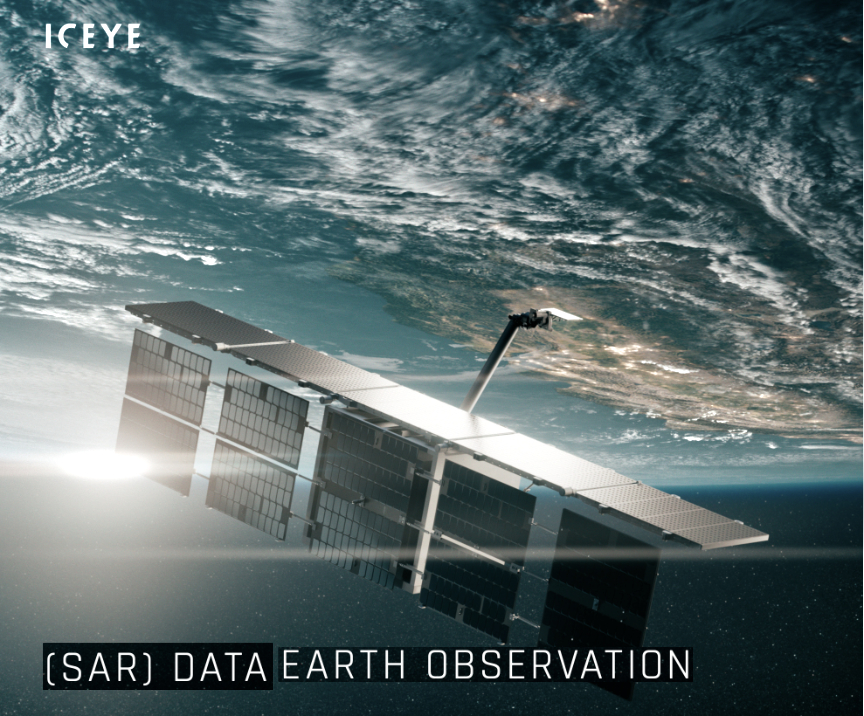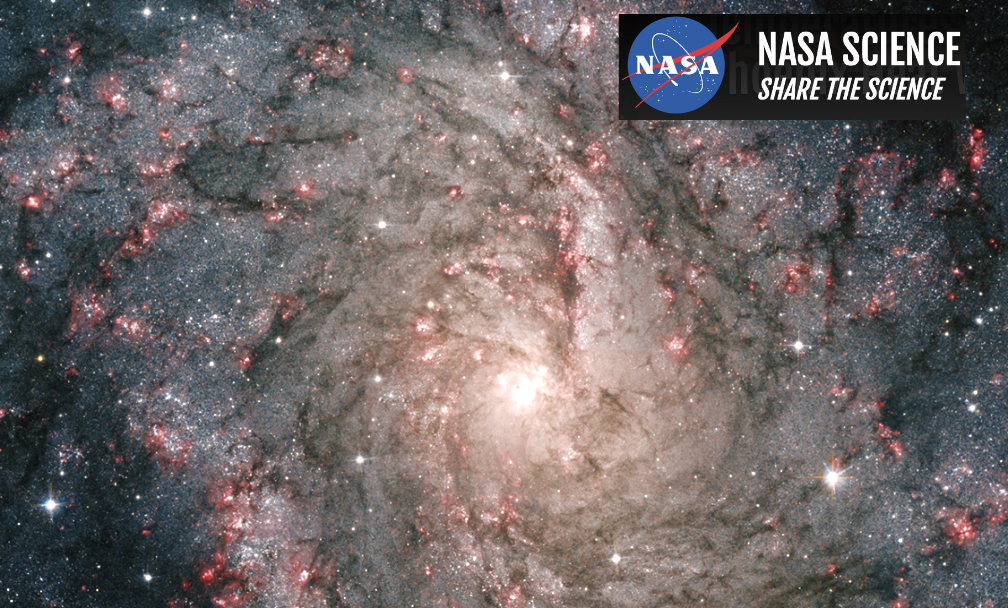
ICEYE US Inc. has received the firm’s first Task Order under a Blanket Purchase Agreement (BPA) with NASA, announced earlier this year.

The Task Order enables NASA to acquire ICEYE’s synthetic-aperture radar (SAR) data for evaluation by scientific and academic communities to determine suitability for advancing NASA’s Earth Science research objectives. The BPA is funded by the Earth Science Division of the Science Mission Directorate.
Since 2020, NASA’s Commercial Smallsat Data Acquisition (CSDA) program has been identifying, evaluating, and acquiring data from commercial sources aligned to NASA’s Earth Science Division objectives.

The agreement between ICEYE US and NASA represents a significant milestone for commercial SAR in the United States. This is the first example of NASA gaining access to data from a radar imaging constellation, including an archive of tens of thousands of ICEYE images. Such access offers the distinct benefit of supporting advanced time series analysis of Earth’s surface – measurements that have not been previously available to the NASA community.
ICEYE SAR data is being provided with broad licensing authority to maximize the collaborative utility for research. ICEYE SAR data joins other types of satellite data from commercial remote sensing systems that have proven critical and complementary to NASA’s capabilities.
SAR offers a distinct advantage over traditional electro-optical (EO) imagery. While EO imaging requires a light source to illuminate locations – much like a camera does – SAR uses electromagnetic waves to construct images. This means SAR satellites can detect what is happening on land or sea, day or night, in any weather, without being obscured by cloud cover, dust or smoke.
“NASA is excited to evaluate ICEYE data in the context of our Earth Science Research, Analysis, and Applications portfolios. With the advent of SAR from commercial sources like ICEYE, we are interested in how these small satellite constellations can complement existing NASA datasets and capabilities. Ultimately, we aim to utilize these data to provide new perspectives to the science priorities of the Earth Science Division.” — Will McCarty, NASA CSDA Program Scientist
“We are privileged to support NASA’s Earth Science goals with our radar satellite imagery through this first Task Order. ICEYE sensors provide a persistent source of information for important research concerning geology, topography, and climate change among other fields. The CSDA program is an excellent example of NASA leveraging private sector investments for public benefit, in this case increasing the resilience of society by deepening our understanding of Earth’s evolution.” — Eric Jensen, CEO, ICEYE US
ICEYE US operates satellites from a Missions Operations Center in Irvine, California. The company owns and operates a constellation of SAR satellites, each weighing about 220 pounds, which provide persistent monitoring of locations anywhere on Earth in near-real time.
